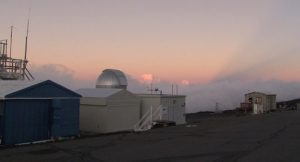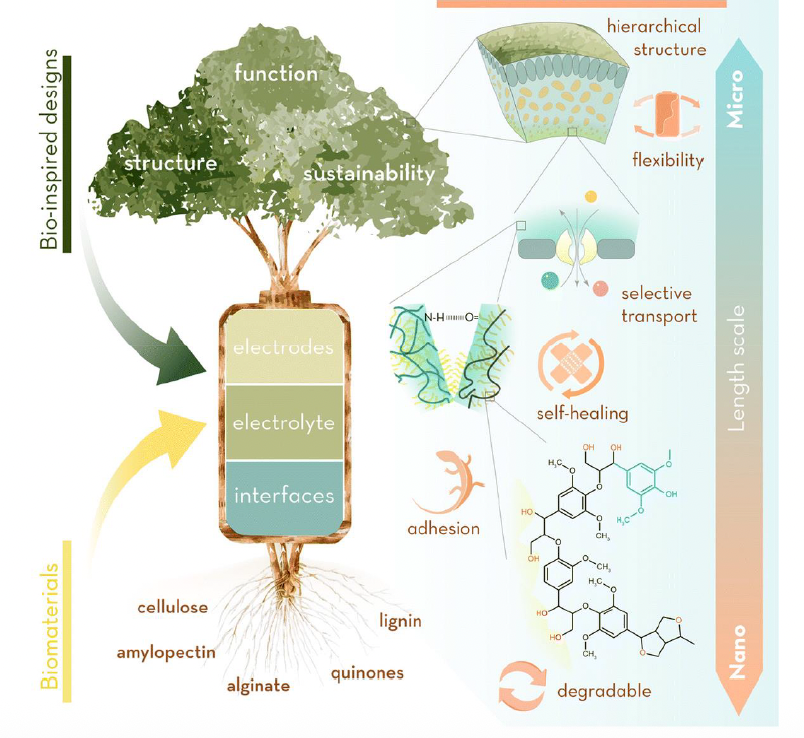
Coronavirus: impact of CO2 concentrations in the atmosphere

Mauna Loa observatory in Hawaii, home of the Keeling Curve (Photo: Alister Doyle)
Scientists are monitoring the atmosphere at a mountaintop in Hawaii for clues that the coronavirus will be the first economic shock in more than 60 years to slow a rise in carbon dioxide levels that are heating the planet.
The Mauna Loa observatory at 3,397 metres is home to the Keeling Curve, tracking increasing carbon dioxide concentrations since 1958. Named after its late founder, Charles Keeling, it is widely viewed as the most iconic measure of humanity’s impact on global climate.
“There has never been an economic shock like this in the whole history of the curve,” Ralph Keeling, professor at the Scripps Institution of Oceanography in San Diego and son of Charles Keeling, told Climate Home News of the impact of the coronavirus.
He said scientists were now studying data from the mountain in the middle of the Pacific Ocean for signs that the economic slowdown linked to the coronavirus could reduce the rise in atmospheric carbon concentrations.
Find the full article here.













